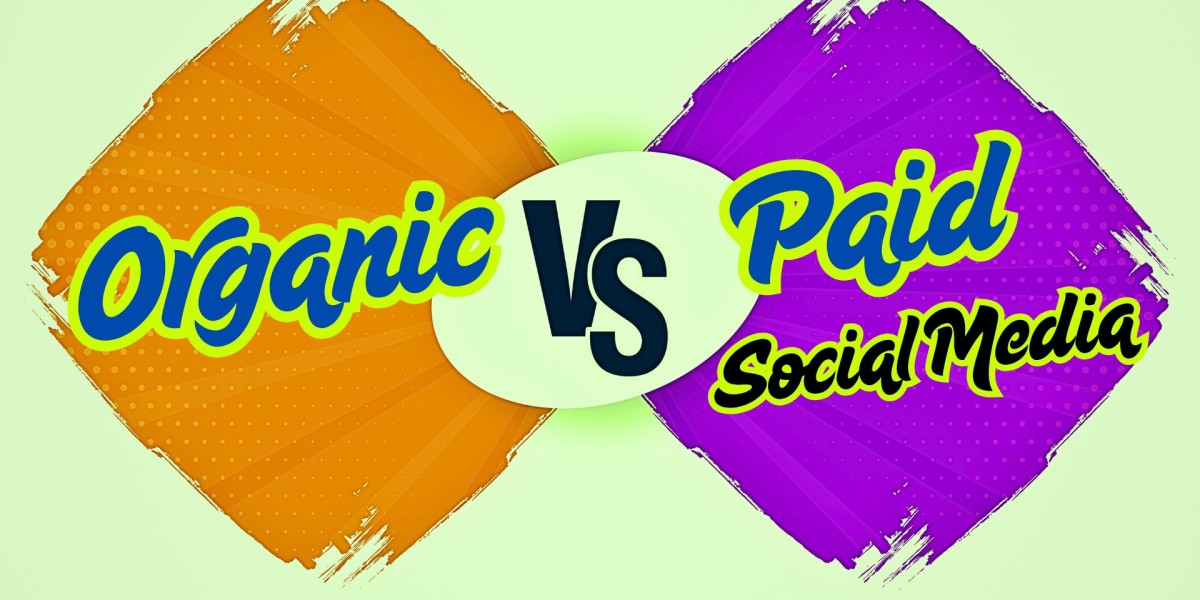What Is the Real Difference Between Organic vs Paid Social Media?
The argument over free vs. paid social media is more important than ever in today's digital world. Businesses of all sizes are leveraging social platforms to reach their audiences, but the strategies they use vary widely. While some rely on the authenticity and long-term impact of organic social, others invest heavily in paid social media to scale quickly. So, how do you determine which method is better or if a balance between the two is the smartest route?
Let’s explore organic vs paid social media options in detail, break down their strengths and weaknesses, and see how they can work together to create a powerful social media strategy.
Understanding Organic Social
You can post free material like photos, videos, stories, and status updates on your social media accounts. This is called "organic social." It’s about engaging with your existing followers and slowly expanding your reach as people like, comment, share, and tag others in your posts.
The biggest advantage of organic social is authenticity. People believe organic content more because it seems real and not paid for. It’s a great way to build brand loyalty, foster community and maintain ongoing relationships with your customers.
However, the downside is reach. With constant algorithm changes and increased competition, only a small percentage of your followers might actually see your posts. This makes it hard to scale or drive immediate conversions, especially if you're starting from scratch.
What Is Paid Social Media?
Advertising on social media sites such as Facebook, Instagram, LinkedIn, and TikTok in order to reach a specific audience is known as paid social media. You pay for impressions, clicks, or conversions, and in return, your content appears in feeds—even of people who don’t follow you.
The advantages are obvious: precision targeting, quick outcomes, and instant visibility. Whether you're trying to build brand awareness metrics, drive website traffic, or increase sales, paid social allows you to customize your campaign based on demographics, interests, behavior, and more.
But it’s not without drawbacks. Costs can add up quickly, especially if your campaigns aren’t optimized. Plus, people are increasingly wary of ads and may scroll past or ignore them if they don’t feel relevant or engaging.
Key Differences in Strategy
The main differences between organic and paid social strategies lie in cost, reach, speed, trust, and control. Organic social is free but has limited, algorithm-driven reach and builds trust gradually over time. Paid social media, on the other hand, requires a budget but offers immediate visibility, broader targeting, and greater control over who sees your content. While organic focuses on engagement, paid is designed for fast, measurable results.
When to Use Organic, Paid, or Both
Start with Organic: If you’re launching a new brand or product, organic social helps build credibility and a base audience. Consistent, quality content is key here.
Boost with Paid: Once you have a solid content strategy, use paid social media to amplify your reach. Promote top-performing posts or run targeted campaigns for lead generation or product sales.
Integrate Both: The best strategies combine the two. Use organic posts to tell your brand story and build community. Then, support those efforts with paid campaigns that drive action. For example, share customer testimonials organically and then promote those same posts to a wider audience.
Metrics That Matter
Tracking performance helps you refine your strategy. With organic social, focus on engagement metrics—likes, shares, comments, and follower growth. For paid social media, look at click-through rates, conversions, cost-per-click, and return on ad spend.
Don’t just look at numbers in isolation. Analyze how both types of content contribute to your goals, whether that’s brand awareness, traffic, or conversions.
Which Is Better?
Your goals, available resources, and timeframe will ultimately determine whether you choose paid or organic social marketing. If you’re looking to build a loyal audience and foster trust, organic is essential. If you need fast results and scalability, paid campaigns offer unmatched targeting and speed.
But in most cases, the most effective approach is a hybrid one. Use organic to create genuine connections and paid media to reach beyond your existing followers. When executed well, this mix can drive exponential growth while keeping your brand authentic and customer-focused.
Also, watch this video - Socinator| All-in-One Social Media Management Platform
Conclusion
While the debate around organic vs paid social media continues, the smartest marketers understand that it’s not about choosing one over the other—it’s about using each strategically. A well-balanced strategy that blends the credibility of organic content with the reach and targeting of paid social media is the key to long-term success.








